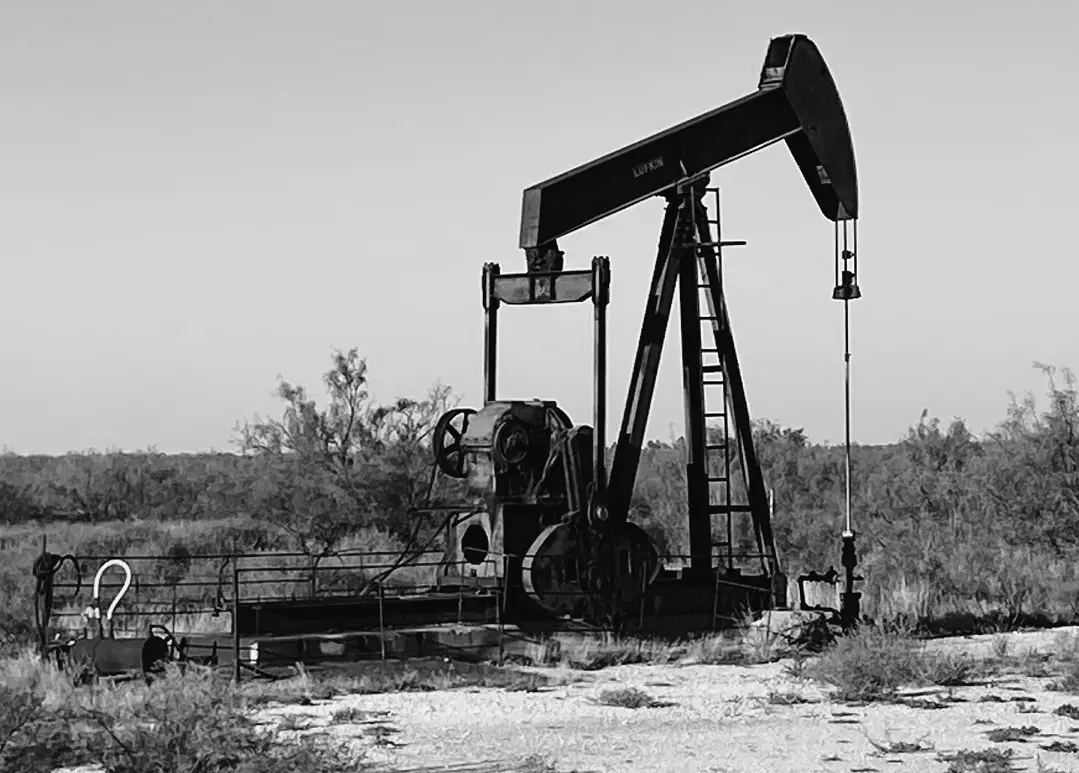As oil sails above $100 per barrel off supply issues, inflation, and the Ukraine conflict, US Shale producers are not raising their outputs. Despite having been an unstoppable producer for nearly a decade, using their vast low-cost supply to end US oil dependency, and having the ability to open and close their spigots quickly based upon prices, US shale producers have refused to supercharge their output to take advantage of recent high prices.
Analysts had assume the massive network of shale wells, that had been designed to be tapped in a space of a few weeks based on prices, would have been opened by now, replenishing global supply and driving prices down. And yet it has not happened.
Crude prices are at a 13 year high, gas is above $4 per gallon in every state for the first time, and jet fuel hit a record in New York, and yet shale producers have yet to open the spigots. It is expected US oil output this year will expand by less than half the amount it did in 2018, when crude was only about $65 per barrel.
Analysts propose Shale supplier business models have changed, and have succumbed to pressures to curb growth and divert cash to investors with dividends and buybacks, rather than invest them to exploit opportunities.
Publicly traded oil companies supply more than half of US crude, however they are now giving back about a third of their cashflow to investors, rather than investing it in increasing production to exploit the current market prices. It is expected the US will only add about 900,000 barrels per day of oil production per day this year according to the average of five major forecasters: S&P Global, Rystad Energy, BloombergNEF, Enverus and the US Energy Information Administration. In 2018, that number was 1.9 million barrels per day. From 2012 to 2019, America’s oil production increased by 7.05 million barrels a day, at lower prices than crude trades at now.
Meanwhile next year is projected to only see 800,000 barrels per day added, despite the current state of the market, no end in sight for the Russia/Ukraine conflict and the resultant sanctions on Russia which are impacting supply, and no indication OPEC has any intention of increasing supply.
Meanwhile inflation is affecting new drilling operations. The cost of the casing which stabilizes the well is three times higher than normal, and supply issues mean lead times are much longer than usual, said Dena Demboski, vice president of operations at Permian producer UpCurve Energy LLC. She added, “Rig rates are higher than I’ve ever seen them” at more than $30,000 a day. Pioneer Natural Resources Co., a major Permian driller, notes new rig costs are expected to rise as much as 40% next year.
Shale suppliers should be prepared to increase supply on short order, however. OPEC allowed prices to collapse during the shale boom, hoping to sideline shale development, and yet they failed as technologies emerged to lower the costs of development. Now all of that supply sits ready for quick mobilization, and yet U.S. shale appears to have little hope of replacing the 2 million to 3 million barrels a day from Russia that are no longer available because of sanctions.

